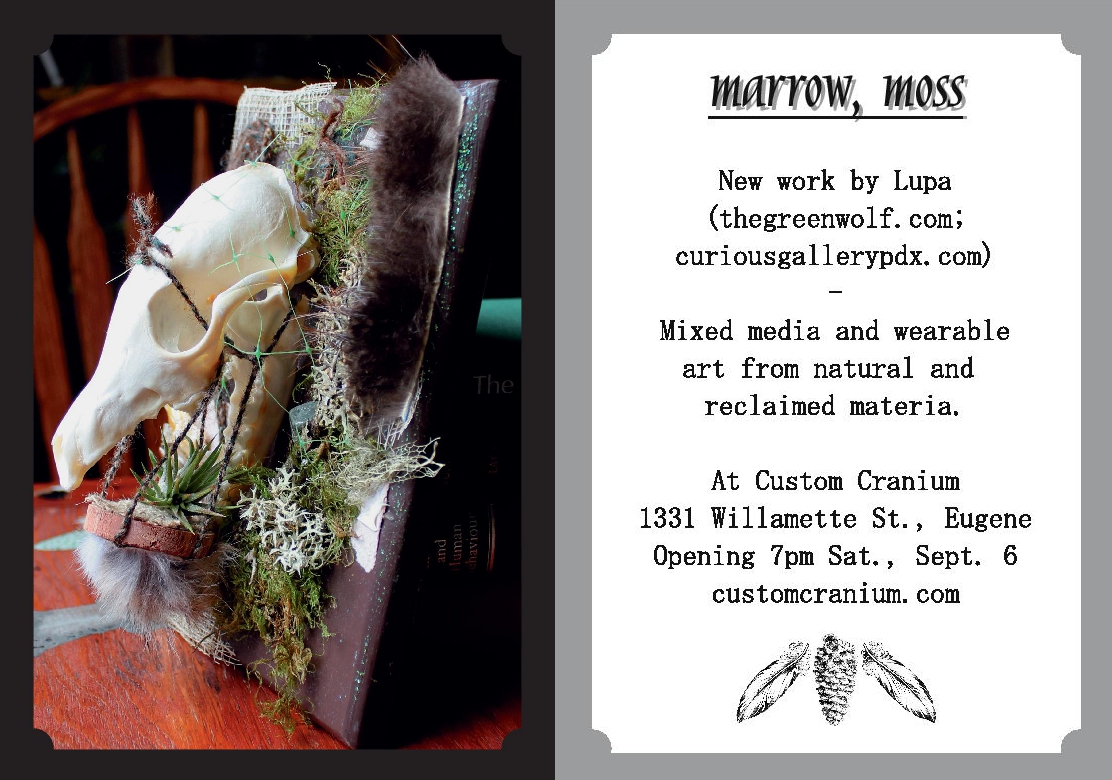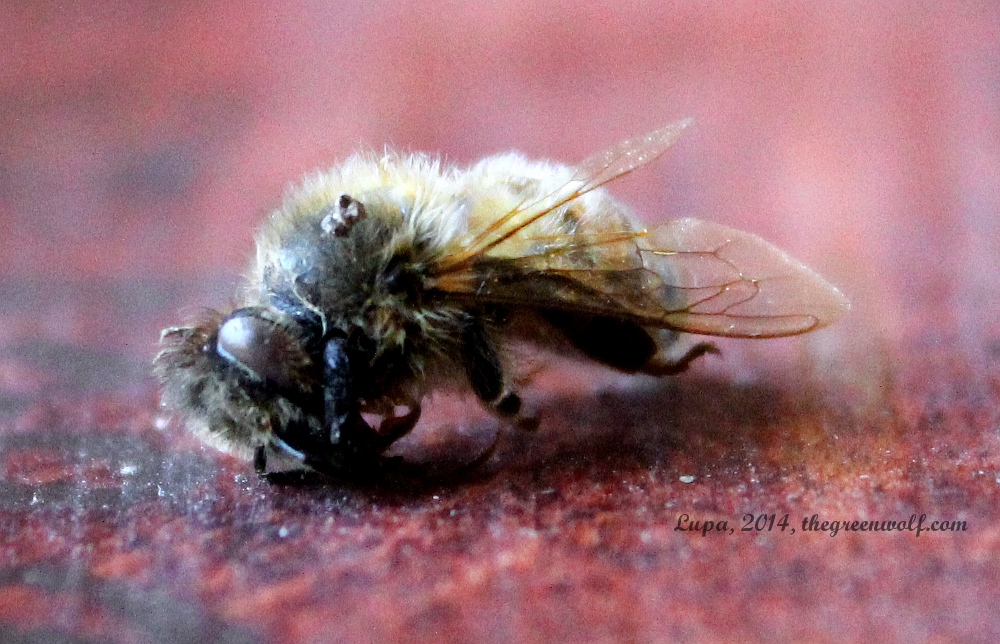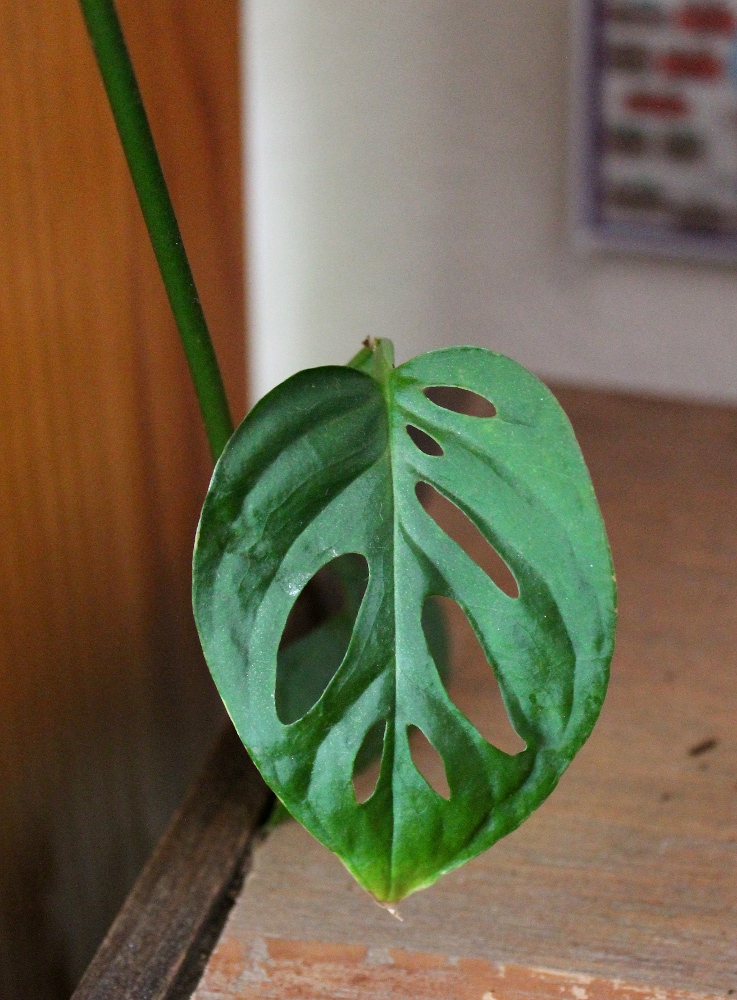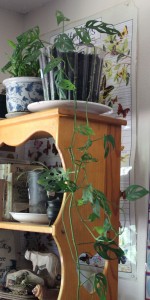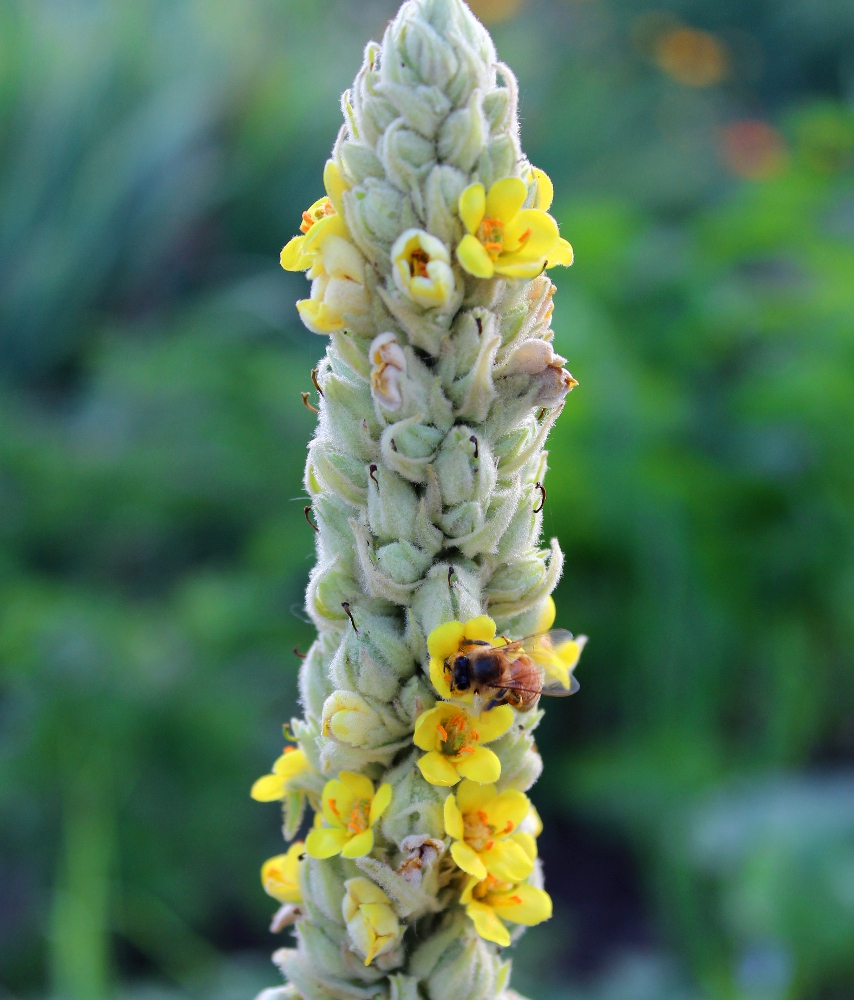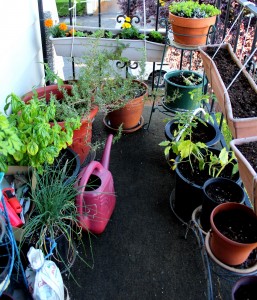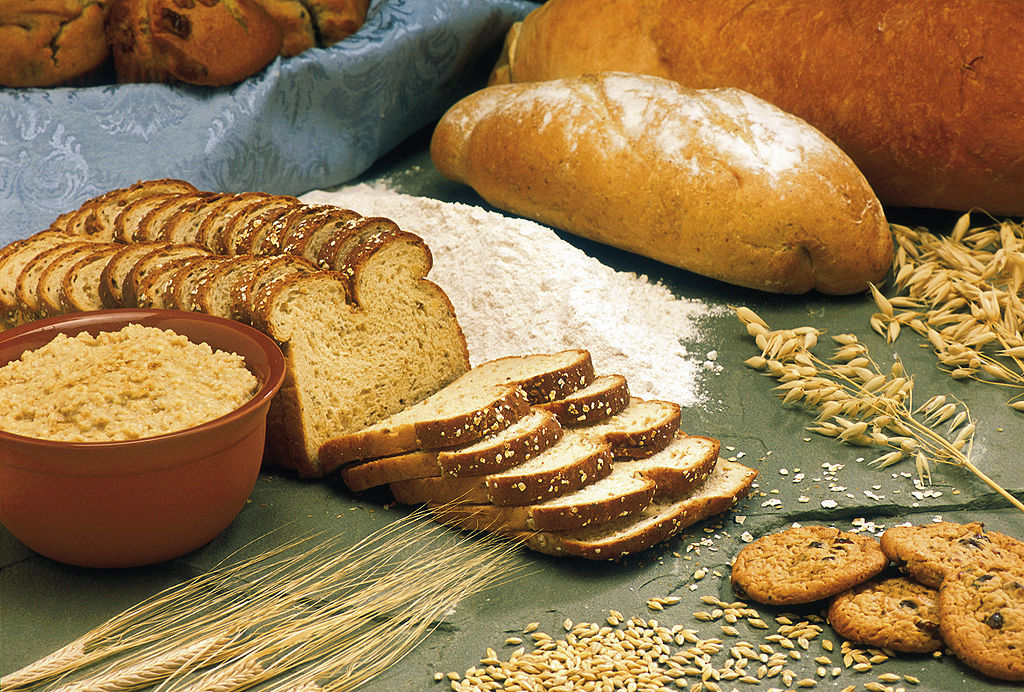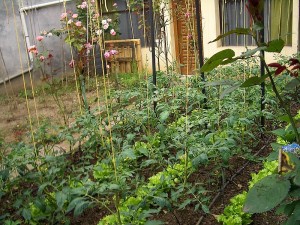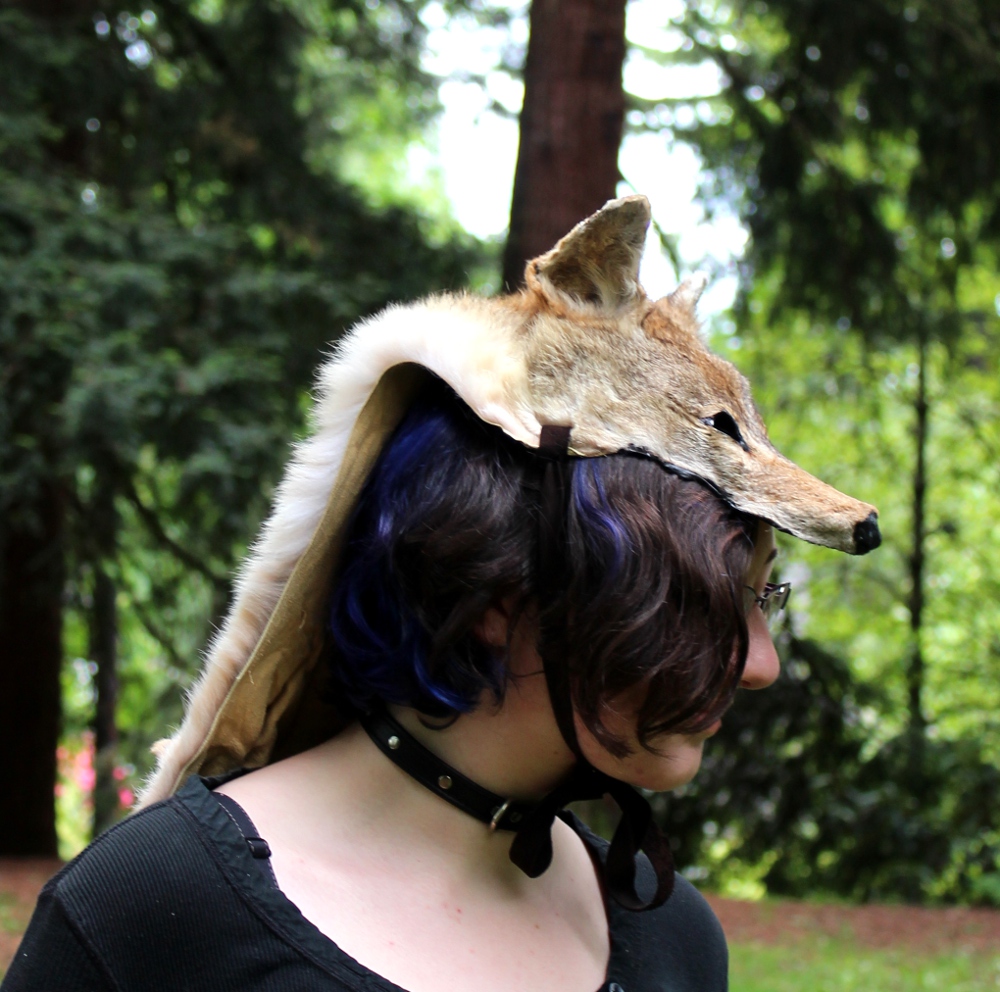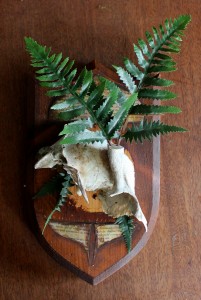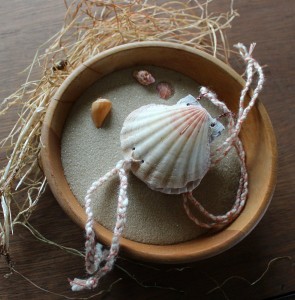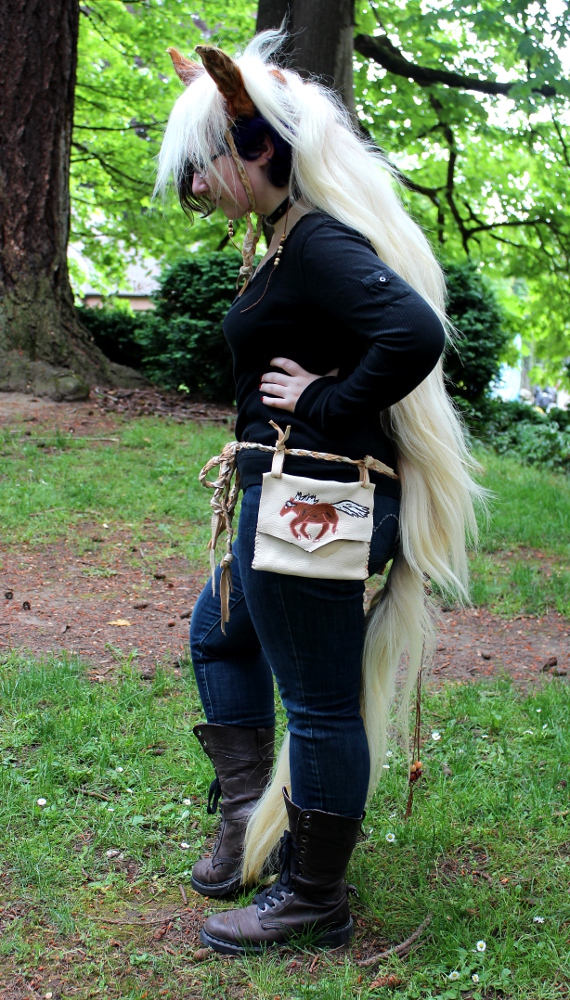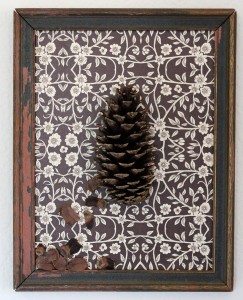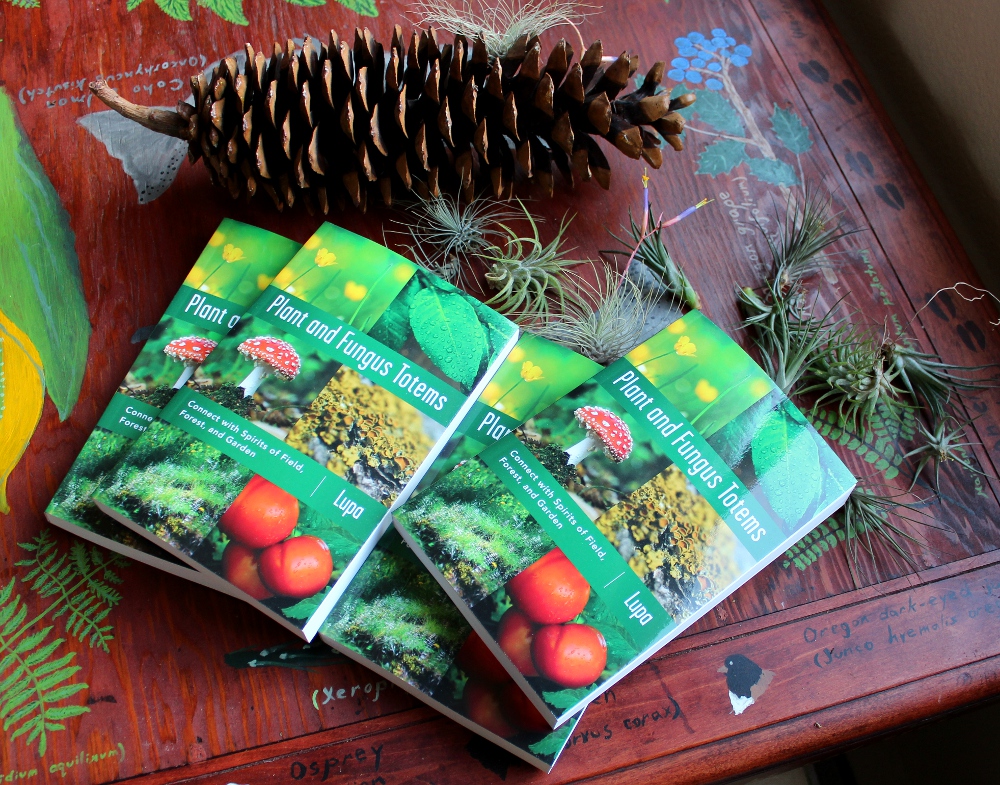(Photo source.)
One of the features I’m offering some of my patrons on Patreon is a monthly totem profile, featuring a different animal, plant or fungus totem each month. I’m still not a big fan of totem dictionaries for a variety of reasons, not the least of which being what a particular totem teaches me may not be what it has to say to you–if anything. So rather than offering up the usual “This totem means this, that totem means that” dictionary entry, my goal is to offer up fuel for your own explorations. It’s a little more specific than the exercises and ideas I offer in my books on working with totems in general; these monthly profiles provide some inspiration for connecting with a particular totem. However, they should NOT be seen as “Lupa says this is what the totem means, so you can just stop trying now”, and you should always keep yourself open to the possibility that the totem has bailiwicks that aren’t mentioned in the profile. And, as always, these profiles are from the perspective of non-indigenous, neopagan totemism, and are colored heavily by my own experiences and interpretations.
If you would like to receive access to these profiles, become my patron at Patreon at a level of $5/month or more. In addition to the profiles you’ll also get access to other patron-only content like work in progress shots of art projects, sneak peeks of completed blog posts before they go public, nature photos that I don’t post elsewhere, and other exclusive goodies.
This Gray Wolf profile is just a sample; I’ll be posting an additional profile on another totem for my patrons for August.
***************************
Name: Gray Wolf
Scientific Classification: Animalia Chordata Mammalia Carnivora Canidae Caninae Canini Canis lupus
Range: Almost all of the Northern Hemisphere historically, now reduced to less human-populated wilderness areas of Europe, Asia and North America
Physical Characteristics: The largest existing wild canine, the gray wolf is a lean, powerfully built hunter made for long-distance chases and ranging over cast territories. Wolves are typically about twenty-six to thirty-four inches high at the shoulder and may be up to six feet in length. Average weight for wolves is seventy to eighty pounds, with females being slightly smaller. Wolves in northern areas are generally larger than their southern cousins. The wolf’s double-layered pelt can be a variety of colors ranging from silvery-gray to brown, red, yellow, and even pure white; black wolves, which often have paler gray hairs mixed in, are derived from lineages that crossbred with domestic dogs in the distant past. In the wild, the wolf’s average lifespan is six to eight years, though wild wolves have been known to survive up to thirteen years, and captive wolves a few years beyond that. Wolves are primarily carnivores, and will hunt prey ranging from field mice to moose and other deer depending on availability. However, they may also consume a smaller portion of high-calorie vegetable matter such as berries and fruit.
Evolutionary History: Some of the earliest known ancestors of today’s wolf were the creodonts, Cretaceous-era carnivorous mammals that were dwarfed by their dinosaur neighbors over 100 million years ago. About fifty million years later one branch of creodonts became the carnassials, which had evolved better jaws for meat-eating and began to resemble today’s canines. Miacis is the specific member of this group that we think gave rise to canines and related modern carnivores like bears and weasels. Miacis gave rise to Cynodictis around 35 million years ago, which then later evolved into Tomarctus at about 20 million years ago. We don’t start seeing truly wolf-like creatures until about three million years ago, and the gray wolf proper first appeared about a million years ago in what is now Eurasia, later moving into North America. Today around forty subspecies of wolf (including a few now extinct) are recognized, including the domestic dog and the Australian dingo.
Behavior: Gray wolves are among the most social of canines, living in packs generally composed of a mating pair and their pups from previous years; a litter averages four to eight pups. This social lifestyle offers the wolves the opportunity to hunt larger prey as a group than they would as individuals. Wolves hunt their prey by chasing it down, first getting as close as they can to the prey, then running after it to separate it from its herd and tire it out. Wolves have been known to chase prey in shifts, with new wolves replacing those that are tired out, much like passing a baton in a relay race. A wolf can eat up to twenty pounds of meat or more at one sitting, after which a long nap is generally warranted. Hunting is only a small part of a wolf’s life, though. They are quite playful creatures, both with their pups and with fellow adult packmates. They enthusiastically greet each other when they reunite after separation, and use a variety of sounds to communicate both close by and at a distance. The pack is highly territorial and will defend their territory from other packs with some ferocity. While most pack disputes are settled without violence, on occasions fights may occur, leading to injury or even death. Contrary to popular myth, wolves are generally shy creatures when it comes to humans, and usually take great pains to avoid us. It is only a very starved or very sick wolf that will attempt to attack a human being, though wolves close to human settlements have been known to hunt loose dogs and cats and, on occasion, livestock.
Cultural Impact: The gray wolf is one of the most recognizable wild animals in the Northern Hemisphere, and has had a significant contribution to the symbolism of various cultures throughout the land. The wolf’s ferocity in hunting and defending its territory have earned it a reputation as a powerful being, sometimes revered and sometimes feared–and often both. The Big Bad Wolf of fairy tales is just one of several iterations of the wolf as a terrifying monster, and is derived in part from the villainous wolf of Aesop’s fables and the Brothers Grimm. The Navajo in the southwest United States tell of the yee naldlooshi (popularly known as a skinwalker), a human witch who transforms into a wolf (or other animal) to attack and terrorize people. And Fenrir (or Fenris), a monstrous wolf of Norse mythology, is said to be the killer of the god Odin when the end of the world, Ragnarok, arrives. But the wolf is often seen in a positive light as well. Romulus and Remus, the founders of Rome, were said to have been raised by a female wolf, and a similar lupine kinship has been adopted by cultures worldwide, from the Chechen people of Eastern Europe to the Mongols of Asia to several Native American cultures. The strength of wolves also makes them a common symbol of warriors and warrior culture, and their prowess in hunting has been emulated by humans for millenia. Today, the wolf is a common representative of the wilderness and the need to protect it, and several environmental groups use it as their emblem.
Totemic Inspiration: It is difficult for me to write about Gray Wolf sometimes because he has been such a significant part of my life from a very early age and has taught me so much of who I am today–persistence, drive, the ability to connect, but also a sharp tooth and not always at the appropriate times. Gray Wolf’s cosmopolitan children and high cultural profile makes her one of the most popular totems and almost sort of a “gateway totem”. This is not necessarily a bad thing, as he is often associated with teaching and guidance in neopagan totemism, and in my experience tends to be pretty patient (think of a wolf being gently mauled by a litter of playful pups!) Because wolves are persistent long-distance hunters, Gray Wolf may be called upon for help with staying the course in long-term projects and endeavors, though with an eye toward adapting one’s tactics to be more effective, much as a wolf must change course when prey darts off in another direction, or when a new prey animal becomes evident in chasing a herd. This adaptability is reflected in the wolf’s incredibly large range and ability to live in habitats ranging from deserts to tundra to forests, and for myself I’ve learned quite a bit about making the most of the resources available to me from Gray Wolf. Wolf is not without her shortcomings, though; while territoriality can be helpful when resources are limited and need to be protected fiercely, humanity in general has a lot to learn about generosity, particularly in cultures where there are many resources, but those resources are treated as though they are scarce. It’s not that wolves can’t be cooperative or benefit other beings; they frequently partner with ravens in finding food and in play, and a wolf’s kill can feed dozens of other animals. But Gray Wolf’s loyalty is to his own first and foremost, and this may need to be offset with a conscious reminder that as humans we do not need to restrict our intentional loyalty only to our nearest and dearest. Finally, as mentioned earlier, Gray Wolf and her children have become emblematic of ecological protection efforts because of the wolf’s place as a keystone species, and my co-blogger Rua Lupa and I discussed this earlier this year over at Paths Through the Forests. Please note that these are my interpretations of my experiences with Gray Wolf, and they should not be seen as “totem meanings”. Your mileage with Gray Wolf may vary quite a bit, so get to know him on your own terms if she’d like to work with you.
Sources/Further Reading:
River of No Return: Gray Wolf Fact Sheet
Wild Earth Guardians: Livestock Losses
Basic Facts About Gray Wolves
What Makes a Wolf a Wolf?
Wolf Origins
Lopez, Barry Holstun (1979). Of Wolves and Men. Scribner, 320 pages.
Like this:
Like Loading...


